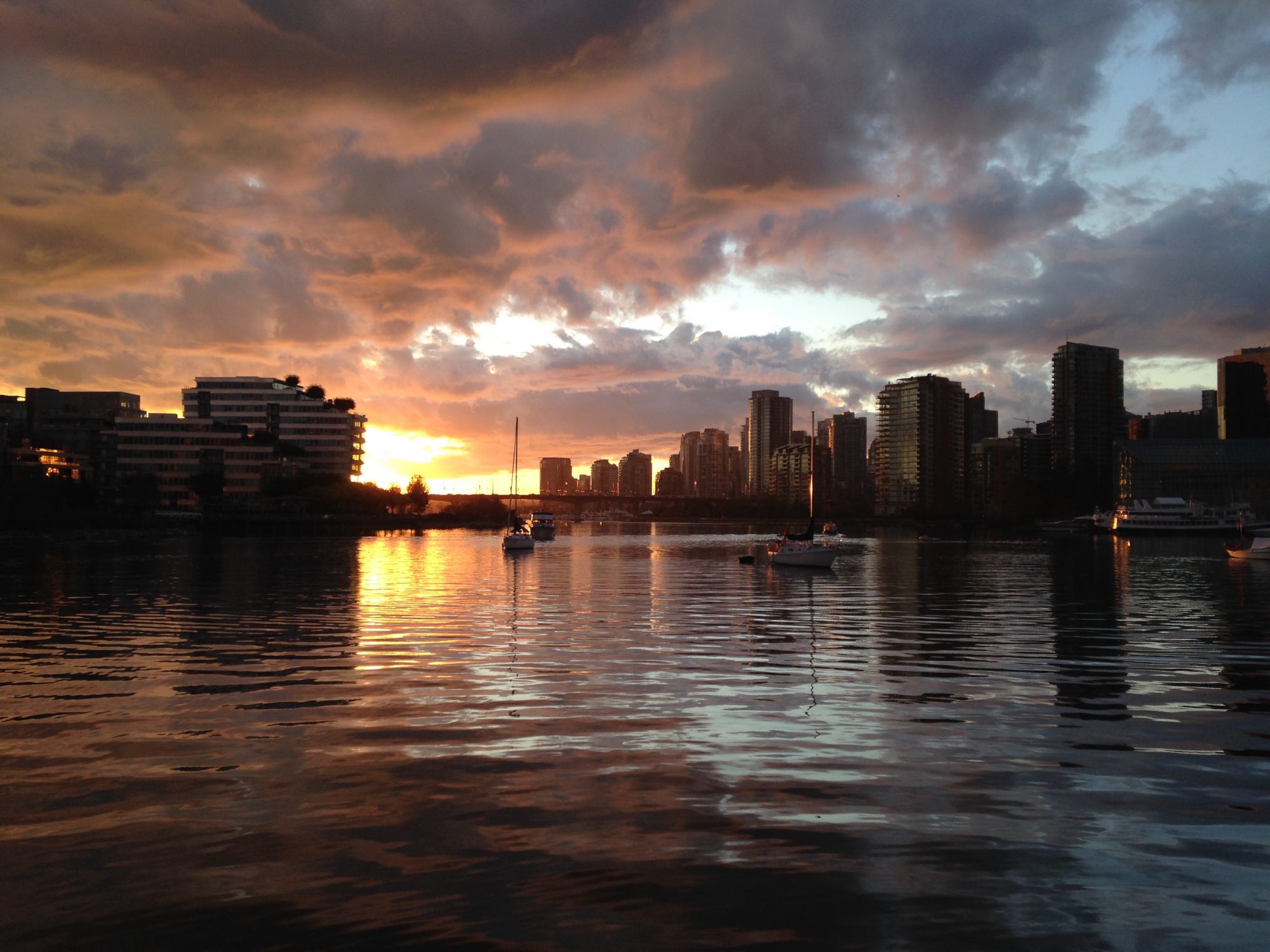June 21, 2018
Something that I am always trying to look for is the establishment and creation of responsibility, whether it is from a created task or role, or if it is from a genuine need. For example, if a teacher wanted to create a sense of responsibility in the classroom, students could be assigned floor cleaning duties, which is a created task or role… the custodian will eventually clean and sweep the floors anyway. However, if there is a student that needs to provide himself with hydration through a tube, that is a need.
In the Grade 1 class that I spent most of my day with, there are established roles for the week, routines, and the shape of the day is always a reference point that the students refer to. Furthermore, there are specific ways of putting items away and modes of behaviour that are proper. For those who exhibit unacceptable/unaccepted behaviours, the usual comment is: “Hey, that’s rude!” It is often times amusing to me because sometimes it may be a student who casually puts away markers by gently tossing them into a bin; that’s something I do all the time… it is efficient, and does not harm the markers in anyway. Yet, the behaviour that is desired in a grade 1 classroom is that the markers are literally placed into the container from which they come. The kids notice change and deviancy.
Normal is a powerful tool for establishing routine, because it sets the stage for the formation of desired behaviours and habits. Yet, do we not, as teachers, seek and strive to nourish a type of “thinking outside of the box”…. creativity? Yesterday I was talking with my host teacher regarding freedom, creativity and structure, and I was reminded of my own belief that freedom works best within a structure or framework. The new curriculum provides freedom, but it does not provide structure. That is the work of the teacher and the classroom environment. I think that the idea of absolute freedom outside of any framework or structure is ludicrous. The necessities of life, such as bodily functions thrive with structure, and likewise habits. Earlier, I mentioned the scenario of a child giving himself hydration through a tube… that happened today.
A child with a plethora of kidney and liver difficulties, was using a syringe and a tube that was connected to, I reckon it was, his intestines. With the assistance of an EA, he filled his syringe with water, connected a rubber pipe to an inlet that was inserted and positioned on his abdomen, and pumped the water into his body. This is a necessary routine: washing his hands, filling the syringe, connecting the tube, turning the locks, and activating the oneway valve/clip on the tube… detaching the tube, making sure the locks are closed, emptying the tube, emptying the syringe, and putting all of those items away.
The power of normal, beckons the question of what is a more effective place of learning? A situation where students are forced to adapt, survive, and be creative due to a total lack of logistical structures; or the growth of adaptation, and creativity within a logistical structure provided by an adult who has, hopefully, gone through the thought processes of what makes a reasonable pattern of routine for developing positive behaviours and habits? I err on the latter.
